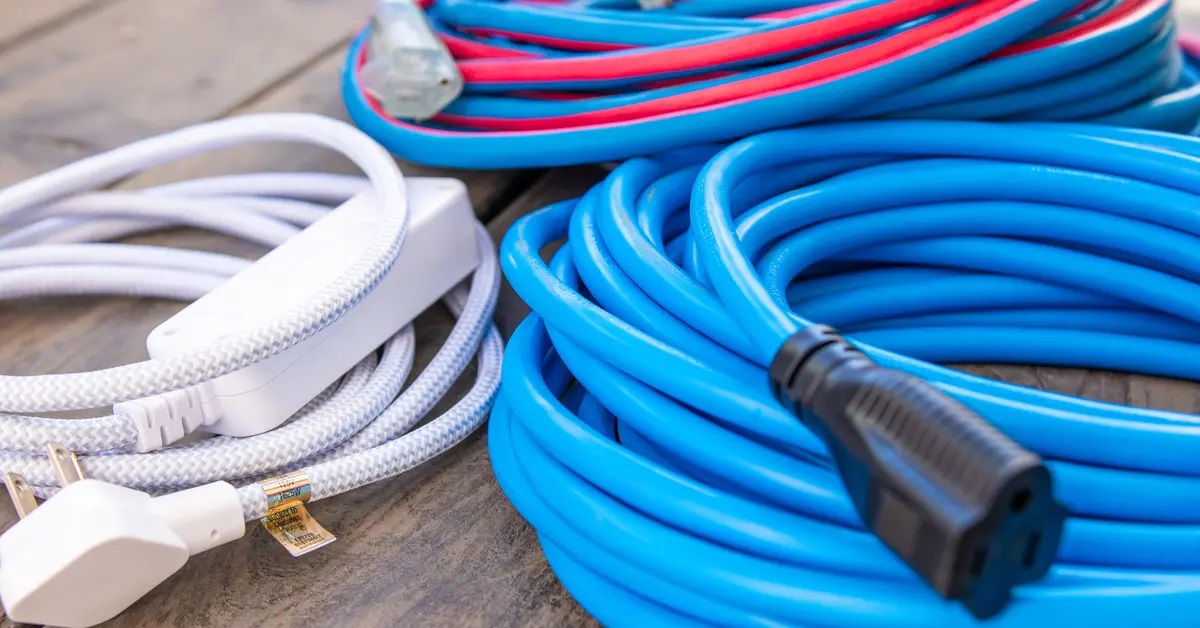

Articles
How Do I Coil An Electrical Cord
Modified: March 1, 2024
Learn the proper technique to coil an electrical cord without causing tangles or knots. Read our articles for step-by-step instructions and expert tips.
(Many of the links in this article redirect to a specific reviewed product. Your purchase of these products through affiliate links helps to generate commission for Storables.com, at no extra cost. Learn more)
Introduction
Properly coiling an electrical cord is a fundamental skill that can make your life easier and help prevent damage to the cord. Whether you’re dealing with a small extension cord or a thick power cable, knowing how to coil it correctly not only ensures its longevity but also makes it easier to store and transport. In this article, we will guide you through the process of coiling an electrical cord step-by-step, as well as provide helpful tips and common mistakes to avoid.
Electrical cords are used in a variety of settings, from household appliances to industrial equipment. Coiling them properly is important for several reasons. Firstly, it helps prevent tangles and knots, making it easier to unravel and use the cord when needed. Secondly, it minimizes the risk of the cord becoming damaged or frayed, which can lead to electrical hazards. Lastly, neatly coiled cords take up less space and are easier to store, making it more convenient to keep your working area organized.
Whether you’re an electrician, a DIY enthusiast, or simply someone who uses electrical appliances regularly, knowing how to coil an electrical cord is a valuable skill. By following a few simple steps and avoiding common mistakes, you can ensure that your cords remain functional and safe to use for years to come.
Now, let’s dive into the step-by-step guide to coiling an electrical cord!
Key Takeaways:
- Properly coiling an electrical cord is crucial for preventing tangles, avoiding damage, and extending its lifespan. Follow the step-by-step guide and storage tips to ensure safe and organized cord management.
- Avoid common mistakes such as tight coils and improper storage to maintain the integrity of your electrical cords. Label, untangle, and store them in a dry, well-ventilated area for easy access and longevity.
Read also: 14 Amazing Coiled Electrical Cord for 2024
Importance of Coiling an Electrical Cord
Coiling an electrical cord may seem like a simple task, but it carries significant importance when it comes to maintaining the cord’s longevity and overall safety. Here are a few key reasons why coiling an electrical cord properly is essential:
Preventing Tangles and Knots
One of the primary benefits of coiling an electrical cord is to prevent tangles and knots. When a cord is left in a tangled mess, it becomes incredibly frustrating and time-consuming to untangle later. Not only does this waste valuable time, but it can also lead to a damaged cord. Tangled cords are more prone to twists and kinks, which can weaken the insulation and expose the wires, creating a potential electrical hazard.
Avoiding Damage and Fraying
Proper coiling helps to minimize the risk of damage and fraying to the electrical cord. When cords are carelessly thrown or haphazardly stored, they can get tangled with other objects or be subjected to undue stress and pressure. This can result in cuts, abrasions, or pinched areas in the cord, compromising its integrity. A damaged or frayed cord not only affects its performance but can also pose a significant safety risk, including the potential for electrical shocks or fires.
Easy Storage and Portability
Neatly coiled cords are not only easier to store but also more portable. When cords are properly coiled, they take up less space and can be stored in a compact and organized manner. This is particularly important for individuals who regularly work with multiple cords or need to transport them. By coiling cords effectively, you can avoid a mess of tangled wires and ensure that your cords are readily accessible whenever you need them.
Read more: How Do I Replace An EdenPURE Electrical Cord
Extending Cord Lifespan
Coiling an electrical cord properly can significantly extend its overall lifespan. By minimizing tangles, knots, and damage, you can ensure that the cord remains in optimal condition for a longer period. This not only saves you money by avoiding frequent cord replacements but also reduces environmental waste from discarded cords. Taking a few extra moments to coil your cords correctly can have a lasting impact on their reliability and longevity.
In summary, coiling an electrical cord properly is crucial for preventing tangles and knots, avoiding damage and fraying, ensuring easy storage and portability, and extending the cord’s lifespan. By following the next section’s step-by-step guide, you can master the art of coiling an electrical cord and enjoy the benefits of a well-maintained and safe cord for all your electrical needs.
Step-by-Step Guide to Coiling an Electrical Cord
Coiling an electrical cord may seem like a straightforward task, but following the correct technique is crucial for maintaining the cord’s integrity and making it easy to use. Here is a step-by-step guide to help you coil an electrical cord properly:
Step 1: Unplug and Straighten
Before coiling the cord, ensure that it is unplugged from the power source to prevent any accidents. Straighten the cord by running your hands along its length, removing any twists or kinks. This will make it easier to coil and reduce stress on the cord.
Step 2: Hold the Plug
Hold the plug end of the cord in one hand while ensuring there is enough slack to work with. This will be the starting point of your coil.
Read more: What Electrical Cord Do I Need For My RV
Step 3: Create a Loop
Using your free hand, create a loop by bringing the cord towards the plug end. Hold the loop firmly, making sure it is neither too tight nor too loose.
Step 4: Continue Looping
With the loop secure, continue to bring the cord towards the plug end, creating additional loops. As you do this, ensure that each loop is roughly the same size, creating a tight and uniform coil.
Step 5: Secure the Coil
Once you have reached the end of the cord, secure the coil by placing your hand through the center of the loops. With your hand inside the coil, gently pull the plug end through to tighten and secure the coil. This will keep the cord neatly coiled and prevent it from unraveling.
Step 6: Velcro or Tie the Coil
To further secure the coil, use a twist tie, Velcro strap, or cord organizer to hold the loops together. This will prevent the coil from coming undone and make it easier to store or transport the cord.
Step 7: Store Properly
Once the cord is coiled and secured, store it in a suitable location. Avoid placing heavy objects on top of the coil or exposing it to extreme temperatures, as these can damage the cord over time. Ideally, store cords in a dry and organized space, away from potential hazards.
Following these step-by-step instructions will ensure that you coil an electrical cord properly, minimizing tangles and damage while making it easy to store and use when needed. Coiling your cords in this manner will not only extend their lifespan but also contribute to a safer working environment.
Common Mistakes to Avoid
While coiling an electrical cord may seem like a simple task, there are common mistakes that can compromise the cord’s integrity and make it more prone to damage. By being aware of these mistakes, you can avoid them and ensure that your cords remain in optimal condition. Here are some common mistakes to avoid when coiling an electrical cord:
Mistake 1: Overly Tight Coils
Creating coils that are overly tight can put unnecessary stress on the cord and increase the risk of damaging the insulation or wires. Avoid pulling the cord too tightly during the coiling process. Instead, aim for a firm and secure coil that allows for some flexibility.
Mistake 2: Neglecting to Straighten the Cord
Failing to straighten the cord before coiling can result in twists and kinks, making it more difficult to create a neat and uniform coil. Take a moment to run your hands along the length of the cord, straightening it out and removing any tangles or knots.
Mistake 3: Coiling with Knots or Tangles
Coiling a cord with existing knots or tangles can lead to a messy coil that is difficult to unravel when needed. Ensure that the cord is free from any tangles or knots before you begin the coiling process. If you come across a knot, carefully untangle it before proceeding.
Mistake 4: Not Securing the Coil
A common mistake is not properly securing the coil after it has been created. Failing to secure the coil can result in it coming undone, causing tangles and making the cord difficult to store or transport. Use a twist tie, Velcro strap, or cord organizer to secure the coil and prevent it from unraveling.
Mistake 5: Storing Cords Improperly
Improper storage can lead to damage and reduce the lifespan of the cord. Avoid storing coiled cords in areas where they can be subjected to excessive weight or pressure, as this can cause the cord to become pinched or damaged. Additionally, steer clear of storing cords in areas with extreme temperatures or exposure to moisture.
Mistake 6: Ignoring Safety Precautions
Coiling an electrical cord requires attention to safety. Never coil a cord while it is still plugged in, as this can lead to electrical shocks or accidents. Always unplug the cord before beginning the coiling process to ensure your safety.
By avoiding these common mistakes, you can ensure that your cords remain in excellent condition and ready for use whenever you need them. Taking the time to coil your electrical cords properly will contribute to their longevity, minimize the risk of damage, and promote a safer working environment.
Read more: How Do I Make My Own Electrical Cord
Tips for Proper Cord Storage
Proper cord storage is essential for maintaining the integrity of your electrical cords and ensuring their longevity. By following these tips, you can keep your cords organized, tangle-free, and easily accessible:
Tip 1: Label Your Cords
Labeling your cords can save you time and frustration when you need to find a specific cord. Use adhesive labels or color-coded tags to identify the purpose of each cord, making it easier to locate the one you need without having to unravel multiple cords.
Tip 2: Untangle Cords Before Storage
Before storing your cords, take a moment to untangle and straighten them. This will prevent knots and kinks from forming during storage, making it easier to unravel and use when needed.
Tip 3: Coil Cords Properly
To maintain the integrity of your cords, always coil them properly before storing. Follow the step-by-step coiling guide mentioned earlier in this article. This helps to prevent tangles, knots, and damage to the cord, and makes it easier to store and transport.
Read more: What Do I Need For An Electrical Cord ARK
Tip 4: Use Cable Organizers
Invest in cable organizers, such as cable clips, ties, or sleeves, to keep your cords neatly organized and prevent them from becoming tangled. These organizers come in various sizes and styles to accommodate different cord thicknesses and can be easily attached to walls, desks, or other surfaces.
Tip 5: Store Cords in a Dry and Ventilated Area
Avoid storing your cords in areas with high humidity or where they may be exposed to moisture. Moisture can damage the insulation and lead to corrosion, increasing the risk of electrical hazards. Choose a dry and well-ventilated location for cord storage, such as a dedicated shelf or cabinet.
Tip 6: Avoid Overloading Storage Areas
Be mindful of the weight and pressure placed on your cord storage areas. Overloading shelves or stacking heavy objects on top of your coiled cords can cause them to become pinched or crushed, leading to damage. Keep the weight evenly distributed and avoid placing excessive pressure on the cords.
Tip 7: Regularly Inspect and Maintain Cords
Periodically inspect your cords for any signs of damage, such as frayed insulation, exposed wires, or cuts. If you notice any issues, repair or replace the cord as necessary to maintain safety. Also, check the storage area for any signs of pests or rodents that may cause damage to the cords.
By following these tips, you can ensure that your cords are stored properly, protected from damage, and easily accessible when needed. Proper cord storage not only saves you time and frustration but also contributes to the safety and longevity of your electrical cords.
Conclusion
Coiling an electrical cord properly is a simple yet important skill that can make your life easier and safer. By following the step-by-step guide provided in this article and avoiding common mistakes, you can ensure that your cords remain tangle-free, undamaged, and ready for use whenever you need them.
The importance of coiling an electrical cord cannot be overstated. Proper coiling helps prevent tangles and knots, reduces the risk of damage and fraying, and allows for easy storage and portability. By taking a few extra moments to coil your cords correctly, you can extend their lifespan, save money on replacements, and contribute to a safer working environment.
Remember to always unplug the cord before coiling and avoid tight coils that can stress the cord. Straighten the cord before starting, and secure the coil properly to avoid it coming undone. Additionally, take the time to store your cords in a dry, well-ventilated area and label them for easy identification.
By implementing these tips and techniques for proper cord storage, you can keep your cords organized, prevent damage, and simplify your cord management. Regularly inspect your cords for any signs of wear and promptly address any issues to ensure ongoing safety and functionality.
In conclusion, mastering the skill of coiling an electrical cord is a small investment of time and effort that yields significant benefits in terms of cord longevity, safety, and convenience. So, the next time you need to coil an electrical cord, remember the steps outlined in this article and enjoy the benefits of a well-maintained and easily accessible cord.
Frequently Asked Questions about How Do I Coil An Electrical Cord
Was this page helpful?
At Storables.com, we guarantee accurate and reliable information. Our content, validated by Expert Board Contributors, is crafted following stringent Editorial Policies. We're committed to providing you with well-researched, expert-backed insights for all your informational needs.
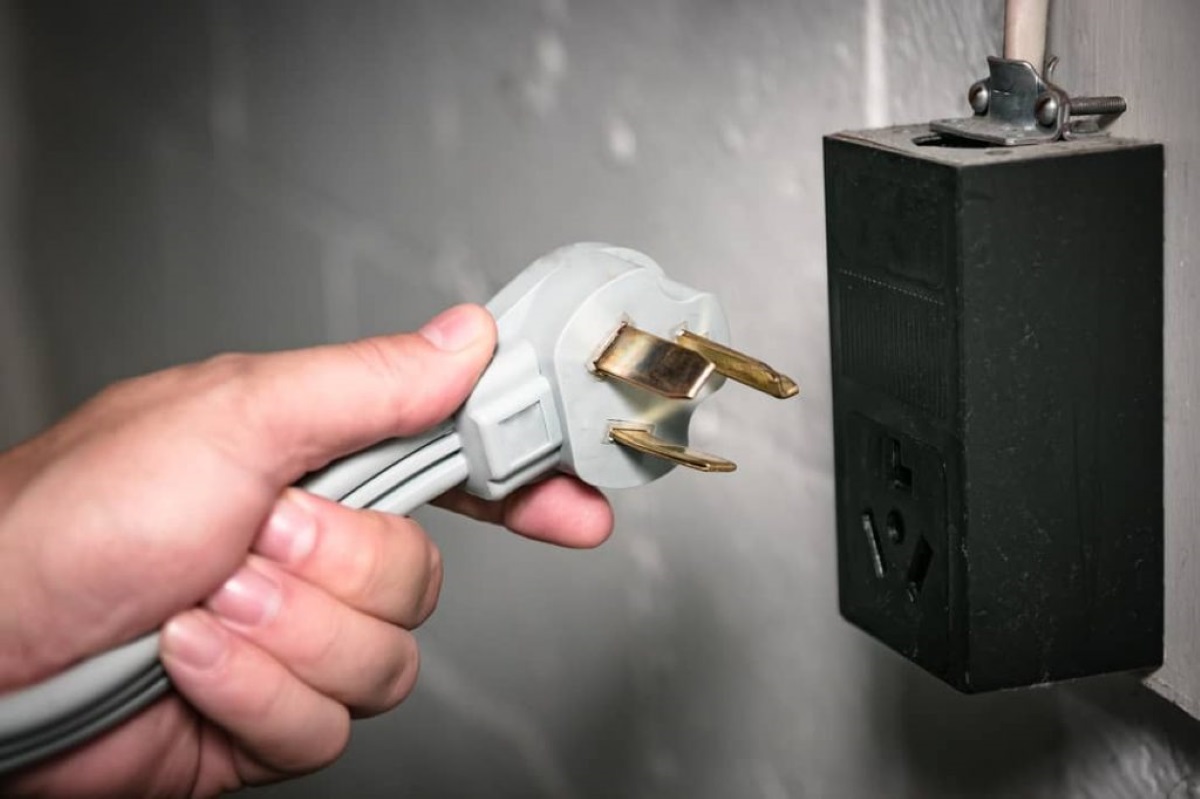
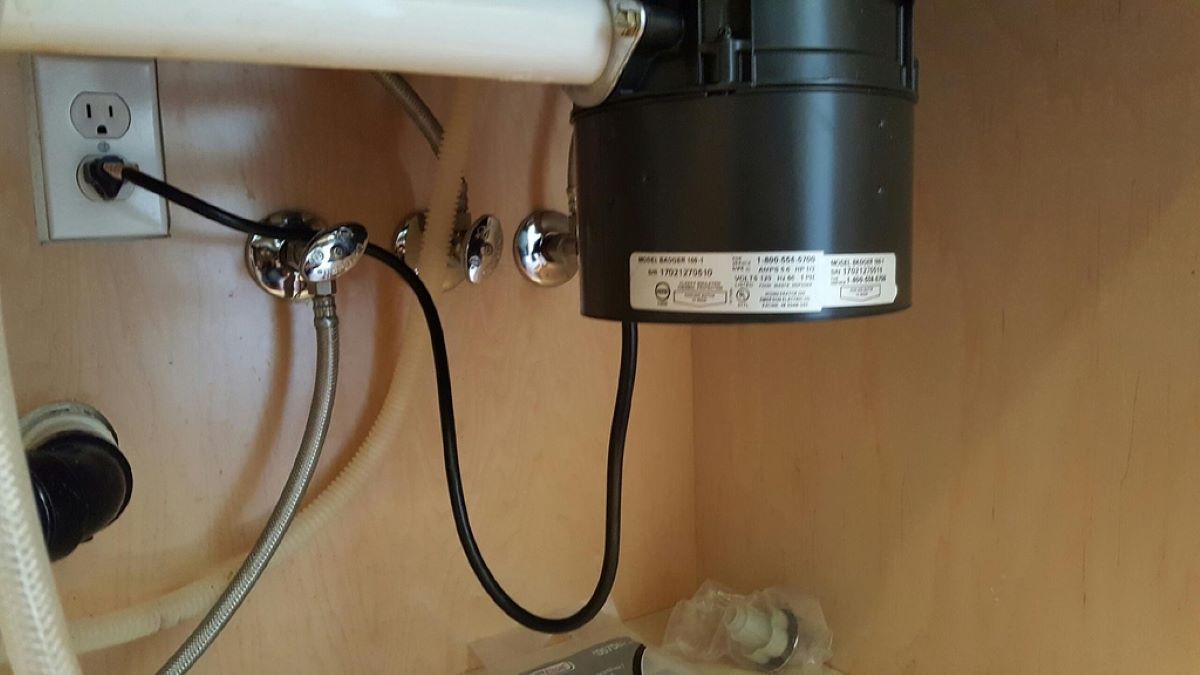
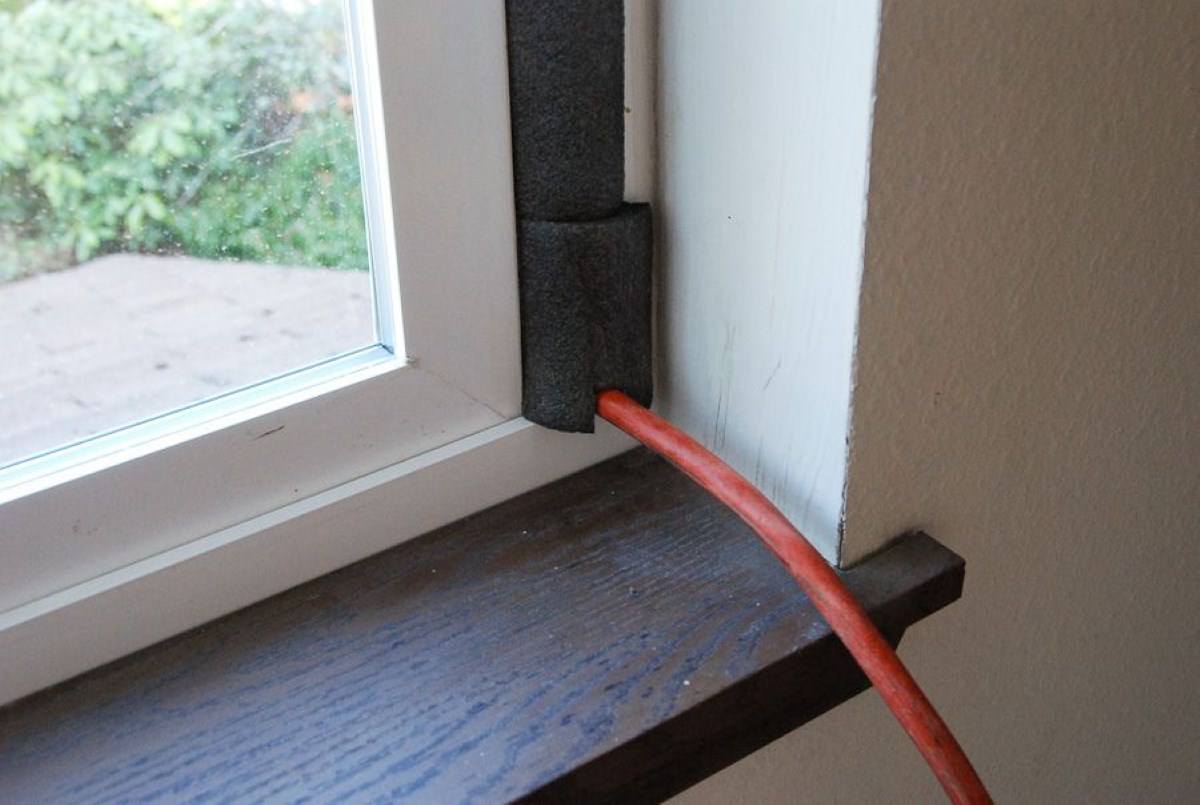
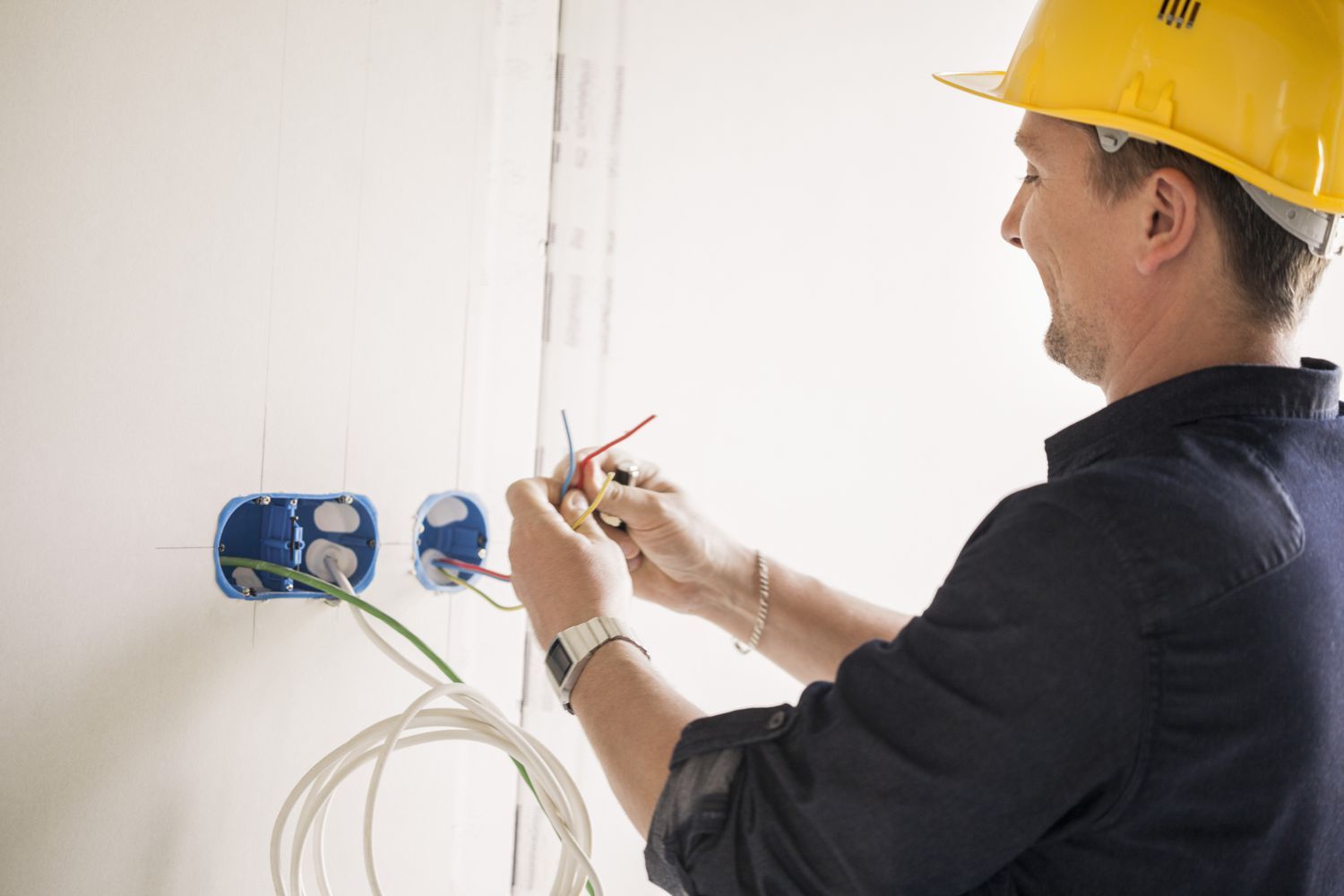
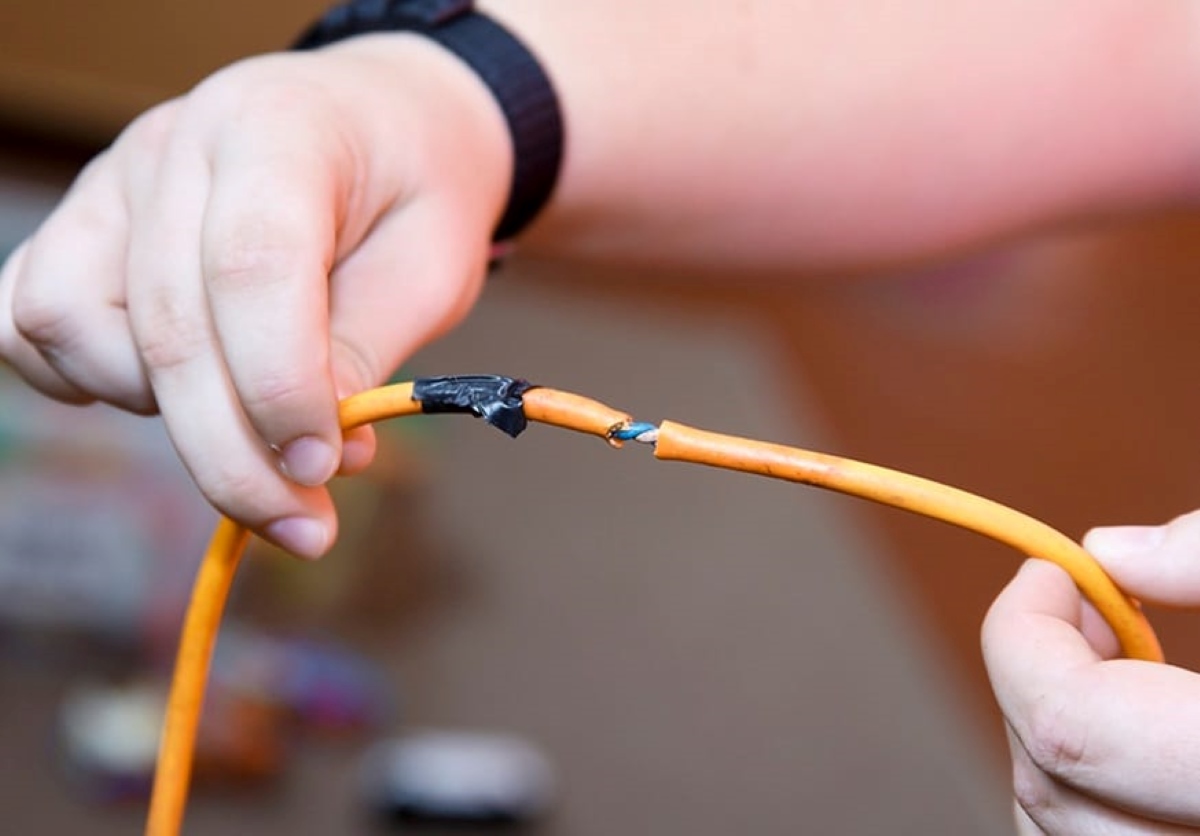
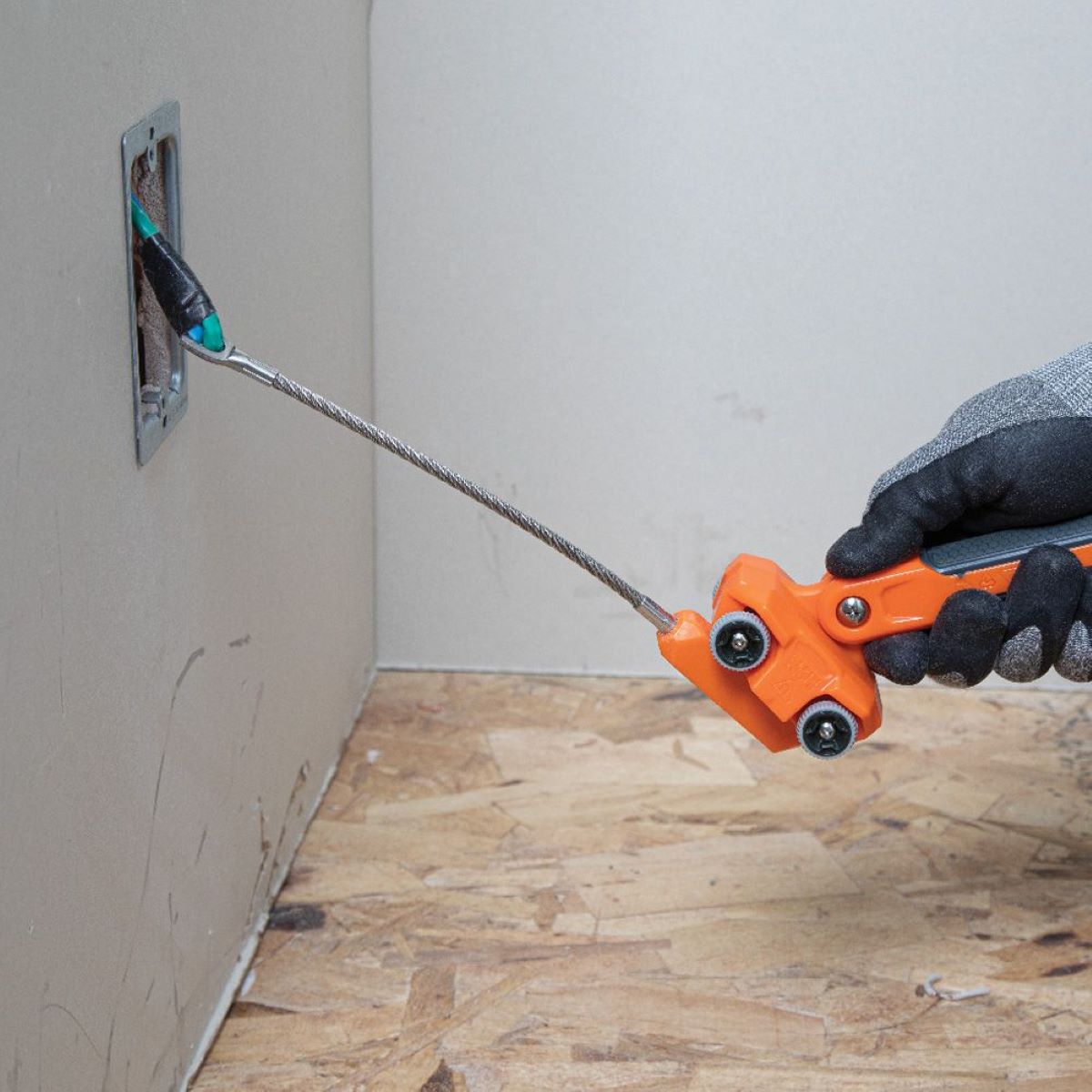
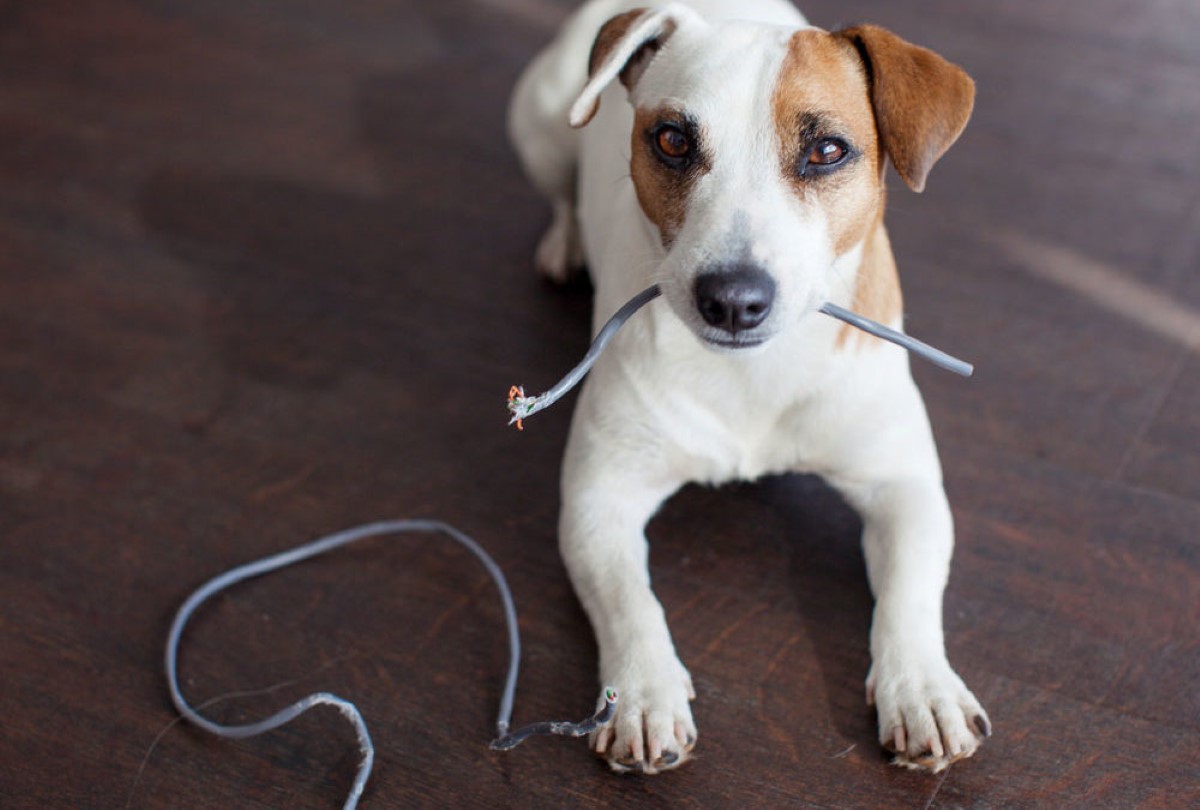
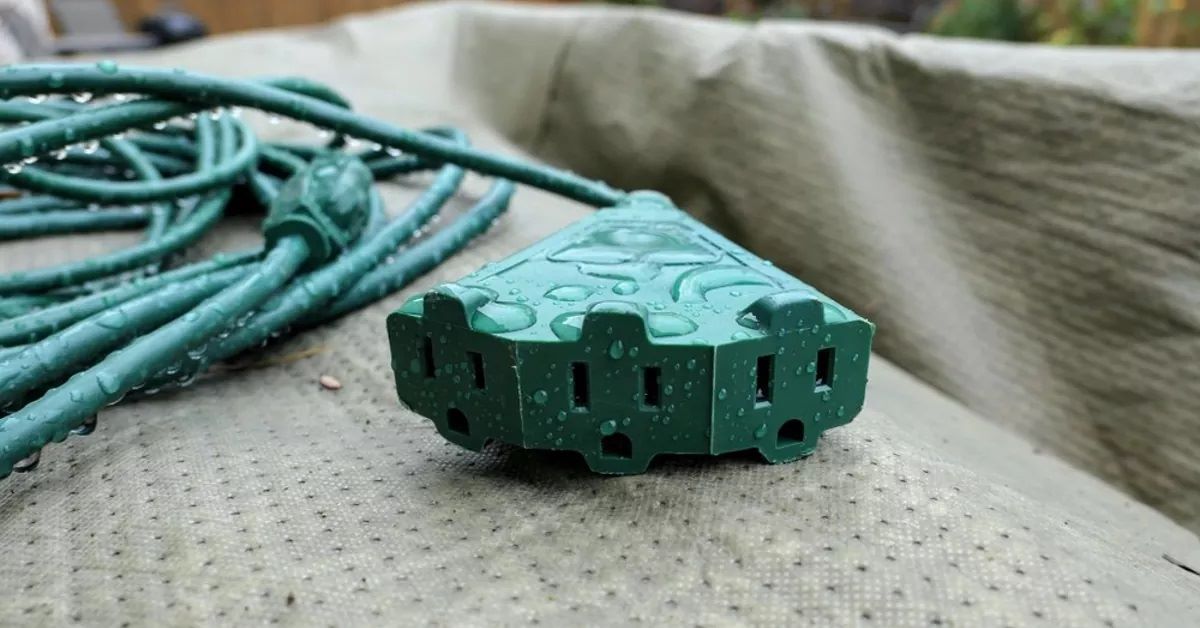

0 thoughts on “How Do I Coil An Electrical Cord”